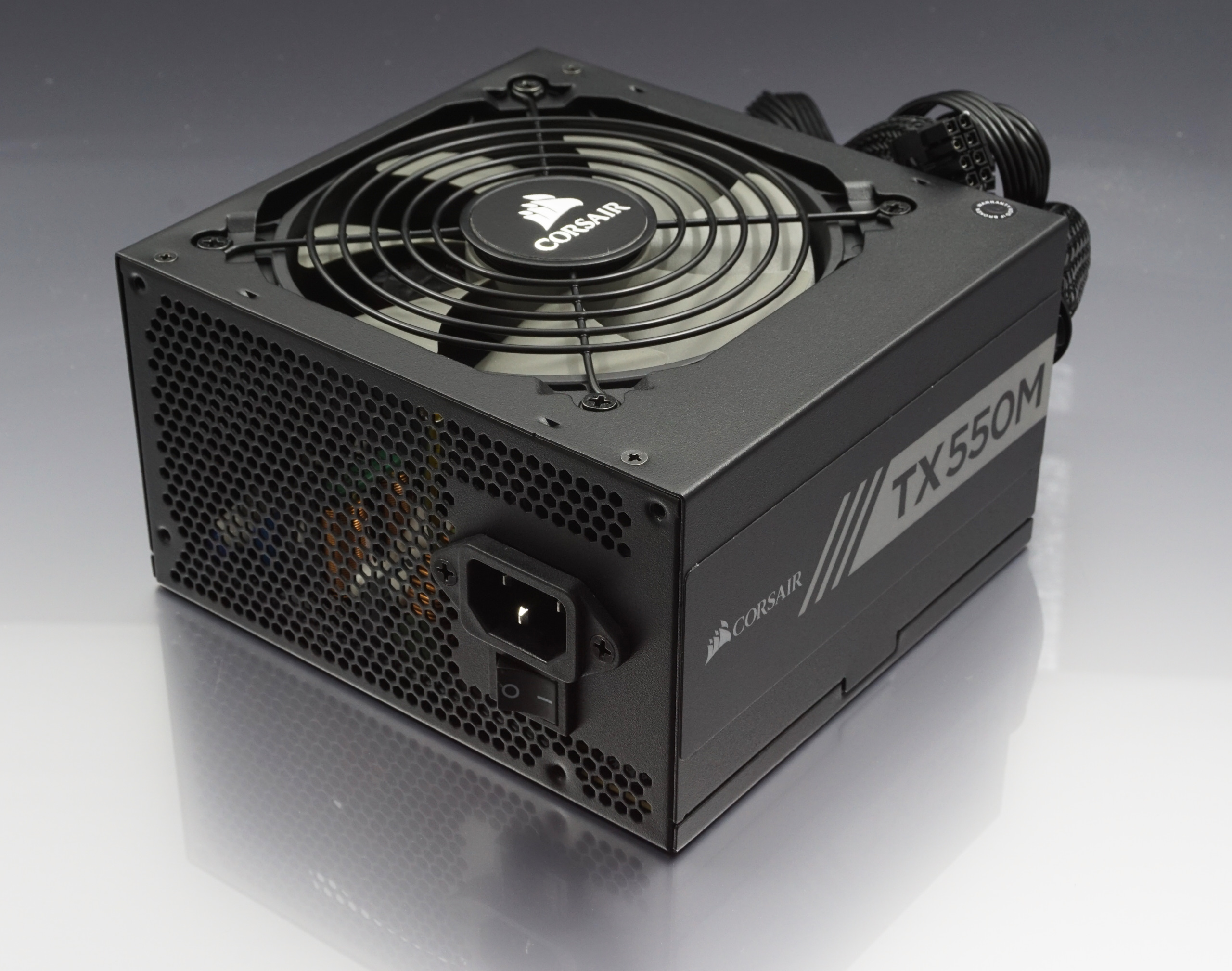
Efficiency Ratings
This standard (80 Plus) developed by Ecos Consulting in 2004 certifies power supplies that have more than 80% energy effieciency at 20%, 50%, and 100% loads. Buying these types of power supplies will ensure that the energy converted will not result in wasted electricity.
80 Plus
20% Load - 80% Efficiency
50% Load - 80% Efficiency
100% Load - 80% Efficiency
80 Plus Brownze
20% Load - 82% Efficiency
50% Load - 85% Efficiency
100% Load - 82% Efficiency
80 Plus Sliver
20% Load - 85% Efficiency
50% Load - 88% Efficiency
100% Load - 85% Efficiency
80 Plus Gold
20% Load - 87% Efficiency
50% Load - 90% Efficiency
100% Load - 87% Efficiency
80 Plus Platinum
20% Load - 90% Efficiency
50% Load - 92% Efficiency
100% Load - 89% Efficiency
80 Plus Titanium
20% Load - 92% Efficiency
50% Load - 94% Efficiency
100% Load - 90% Efficiency
Modularity
Full
This means that there are no cables attached to the power supply and the computer builder can choose what cables to plug into their own power supply. This is useful for building a computer with less clutter as most power supply cables are large and hard to manage in an organized manner.
Semi
This means that only the main power cables will be attached to the power supply. Everything else such as the 6 pin connectors for a graphics, or the SATA power cables will need to be plugged in by the computer builder. This option still has some of the flexibility without costing extra.
Non Modular
These are the cheapest power supplies, since manufacturers do not have to worry about removing cables for the builder's convenience. They are still reputable power supplies and the best choice when building a computer on a budget.